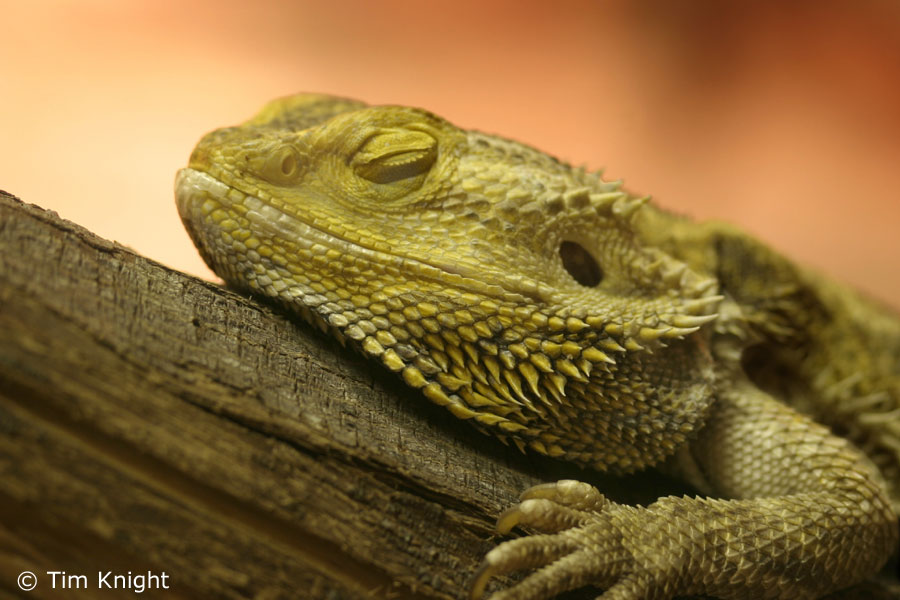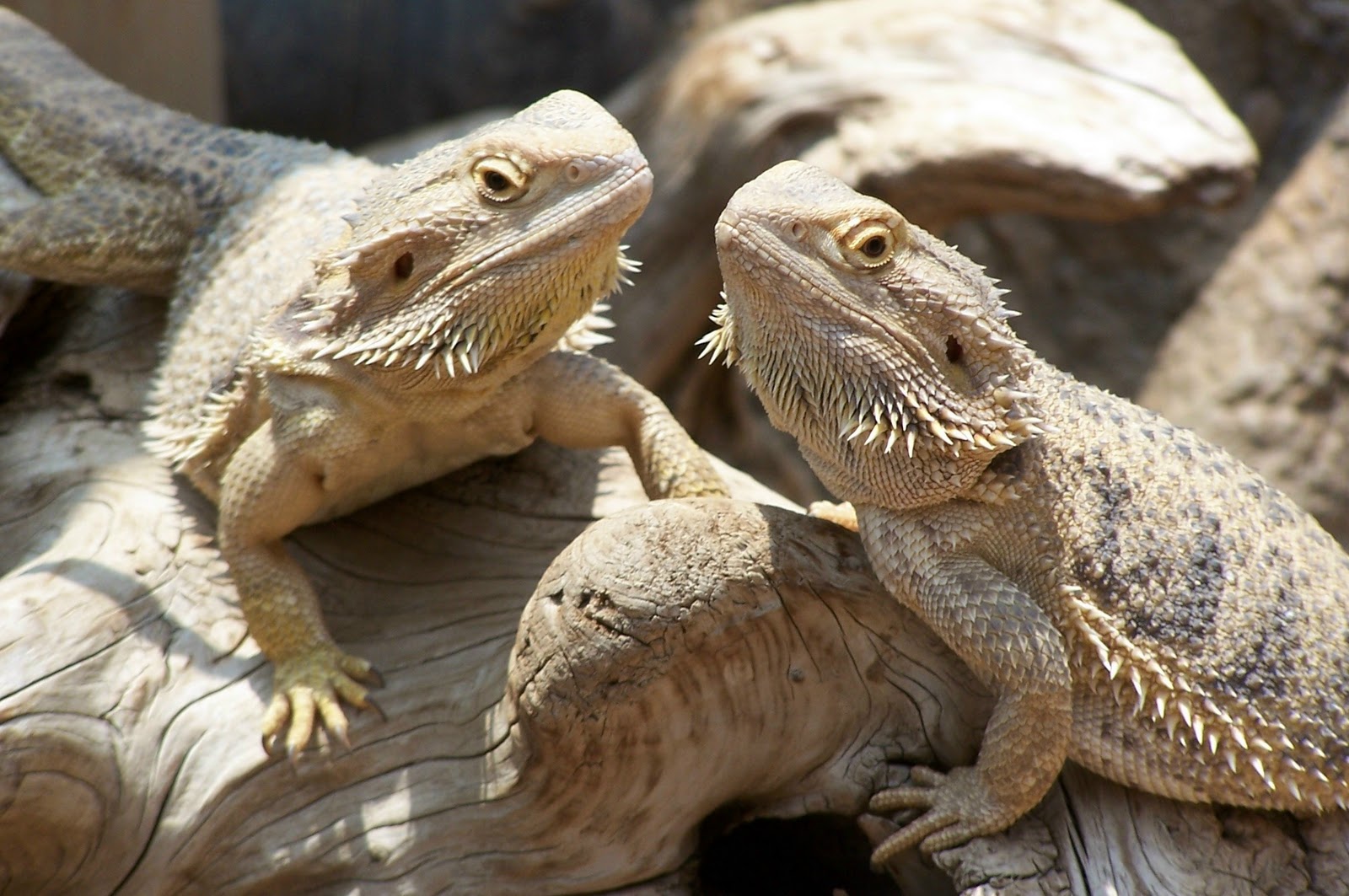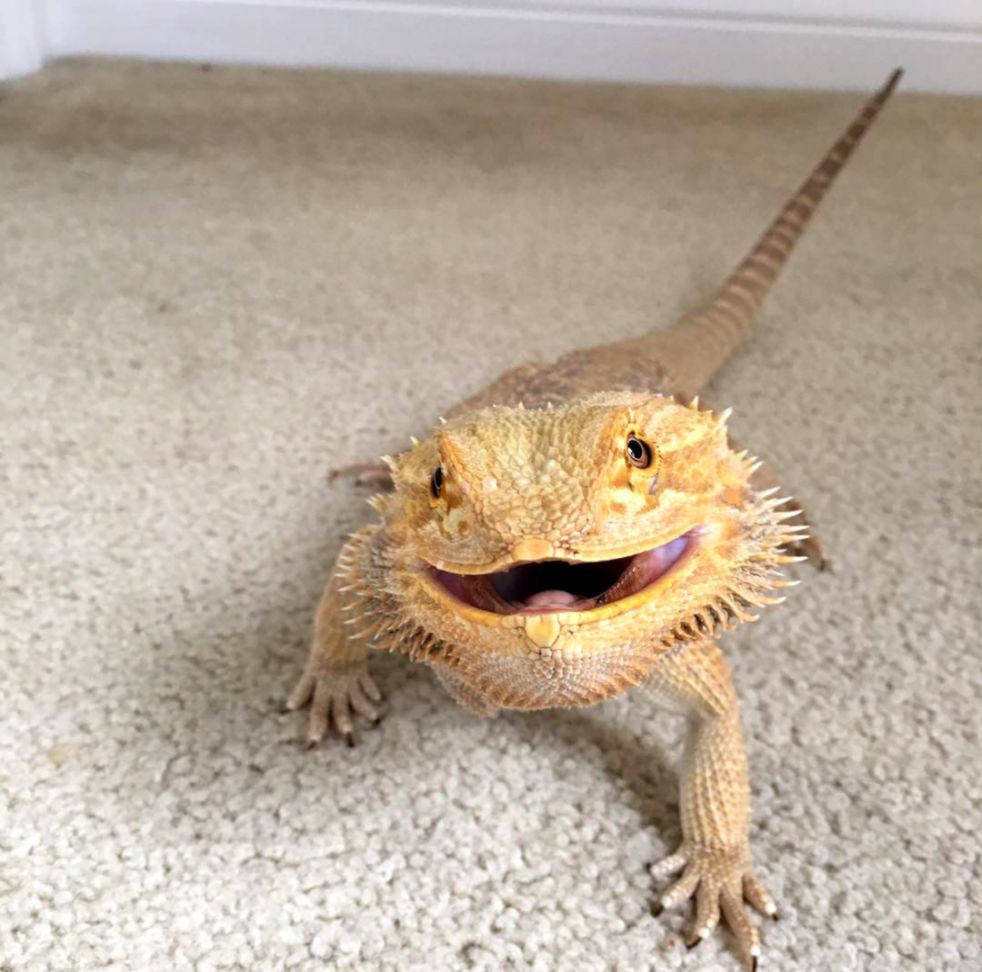DIY Bearded Dragon Lighting: How to Set Up the Perfect Lighting for Your Pet Dragon
DIY Bearded Dragon Lighting: Set up a healthy environment for your pet dragon
Bearded dragons are well-known pets for their unique appearance and friendly nature. However, providing a healthy environment for your pet dragon can be challenging. One of the most important factors that you need to consider is lighting. The right lighting can help to mimic the natural environment of bearded dragons, thus promoting their overall health and wellbeing. In this blog post, we will guide you through the process of setting up DIY bearded dragon lighting, and make sure you have all the necessary knowledge to make the perfect lighting arrangement for your pet dragon.
Why is lighting important for bearded dragons?
Bearded dragons, like any other animals, require a range of light spectrums to thrive in a captive environment. In the wild, they spend most of their time basking in the sun, which provides them with the heat and Ultraviolet (UV) spectrum they need. However, in captivity, it’s your responsibility as a pet owner to provide your pet dragon with the appropriate lighting to mimic their natural environment. The right lighting can help maintain their body temperature, keep them active and healthy, and prevent health issues like metabolic bone disease.
What types of lighting do bearded dragons need?
Bearded dragons require two types of lighting: heat lamps and UVB lighting. Heat lamps provide your pet dragon with the heat they need to regulate their body temperature. On the other hand, UVB lighting provides them with the UV spectrum they need for proper calcium absorption.

How to set up the perfect DIY bearded dragon lighting?
Setting up the perfect DIY bearded dragon lighting requires careful planning and attention to detail. Here is a step-by-step guide to help you get started:
Step 1: Choose the right lighting equipment
When it comes to lighting equipment, you have a lot of options to choose from. For heat lamps, you can choose between ceramic heat emitters or incandescent basking bulbs. For UVB lighting, you can choose between fluorescent and mercury vapor bulbs. Each type of lighting has its pros and cons. It’s essential to do your research and choose the right equipment that meets the unique needs of your pet dragon.

Step 2: Determine the appropriate wattage
Choosing the appropriate wattage is crucial to ensure that the lighting provides the required heat and UV spectrum for your pet dragon. The wattage will depend on the size of your pet dragon and the size of their enclosure. Generally, a 50 to 75-watt bulb is appropriate for most bearded dragons, but it’s best to consult with a veterinarian to determine the ideal wattage for your pet.
Step 3: Set up the heating lamp
The basking area is the most crucial area in your dragon’s enclosure. This is where they will spend the most time getting the heat they need to regulate their body temperature. Place the heat lamp on one side of the enclosure over the basking spot. The basking spot should be between 95 to 110°F. You can use a thermometer to monitor the temperature to ensure it is just right.

Step 4: Set up the UVB lighting
UVB lighting is a crucial aspect of your pet dragon’s lighting. Unlike heat lamps, UVB lighting has a limited range. Therefore, it’s crucial to place the UVB bulbs in an area that is easily accessible to your pet dragon. You should position the bulbs on top of the enclosure within the beam range of 6 to 12 inches. Remember to replace the bulbs every six months, even if they still seem to be working correctly.
Step 5: Monitor and adjust the lighting
After you’ve set up the DIY bearded dragon lighting, it’s essential to monitor it regularly. Use a thermometer, humidity gauge, and a UV meter to ensure the lighting is working correctly. If you notice any changes in your pet dragon’s behavior or appearance, it could be a sign that something is wrong with the lighting. Always make adjustments according to the needs of your pet dragon.

Conclusion
Providing the perfect lighting for your bearded dragon can be difficult but is necessary to ensure their health and happiness. Now that you know the process of setting up the DIY bearded dragon lighting, you can take steps to create a safe and healthy environment for your pet dragon. Remember to choose the right equipment, monitor the lighting regularly, and adjust it according to your pet dragon’s needs. With the perfect DIY bearded dragon lighting, you can provide your pet dragon with a happy and healthy life in your home.
